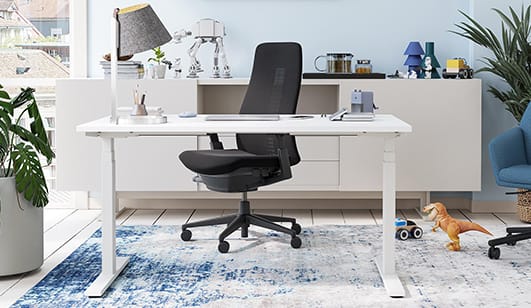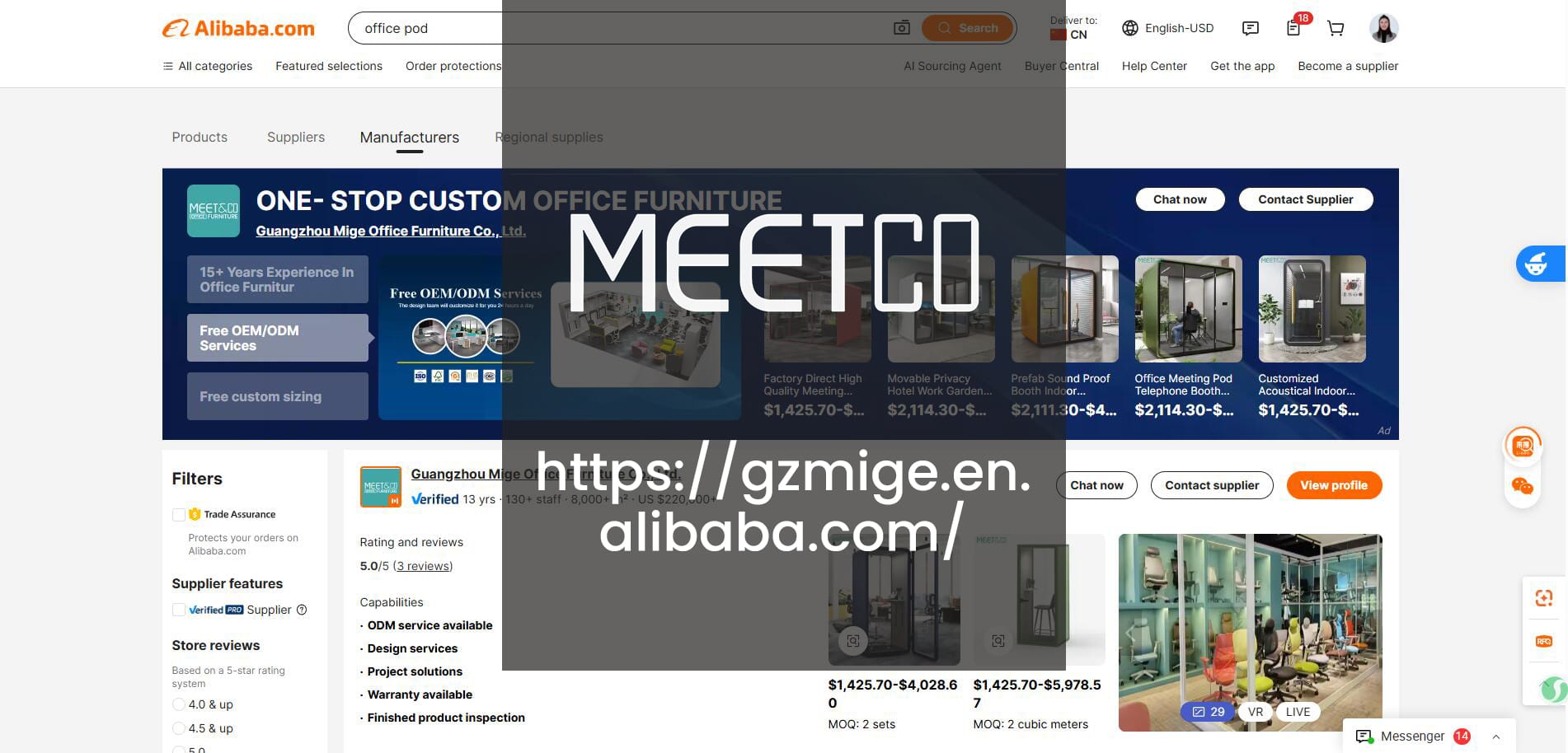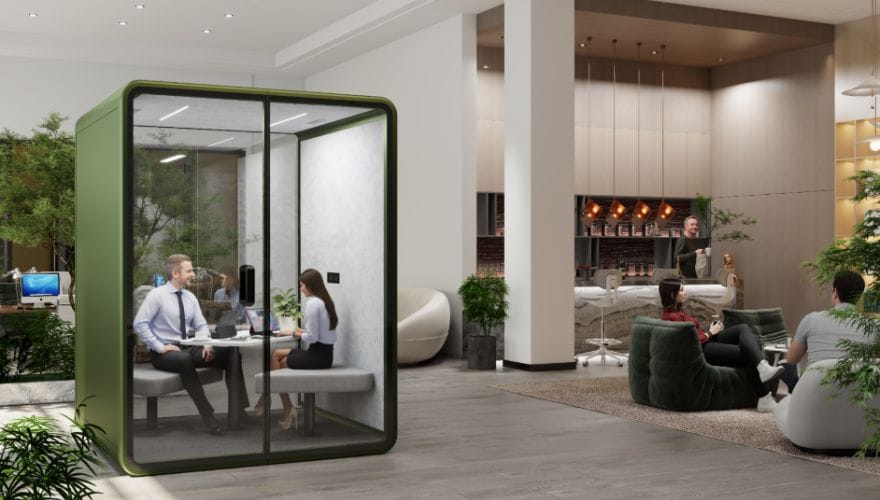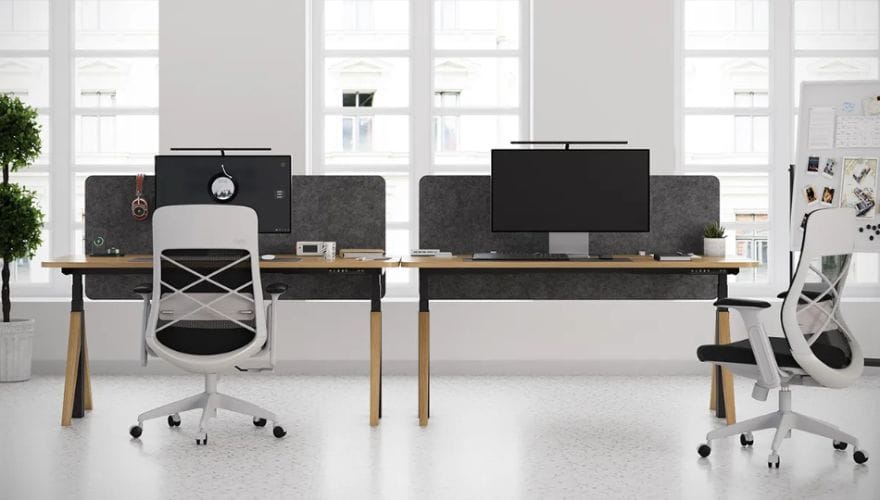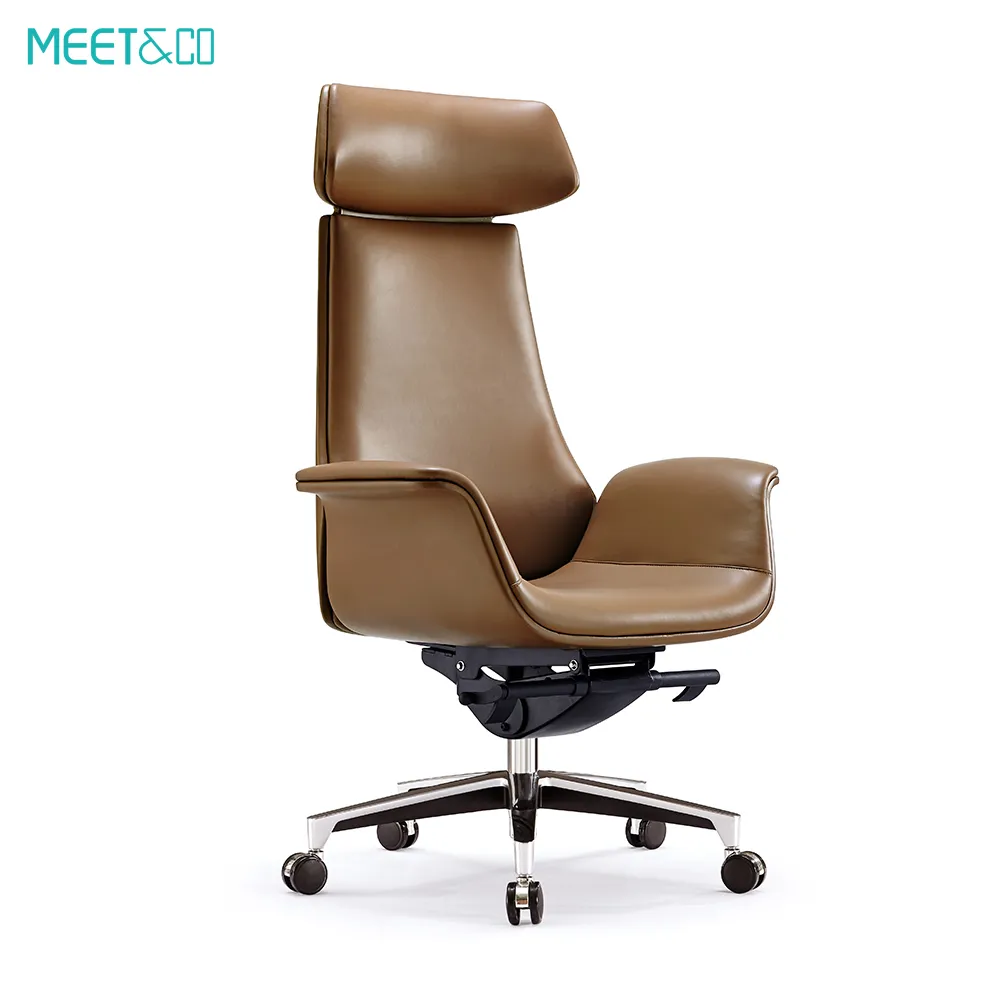Should you even bother importing furniture from China in 2025? It’s a question many are asking—whether you’re running a small design studio, growing an online furniture brand, or simply setting up a home office with affordable yet stylish pieces.
The truth is, yes—importing furniture from China still makes sense, if you approach it the right way. Why? China remains the world’s leading furniture supplier and manufacturer, with entire cities dedicated to producing everything from minimalist dining chairs to luxury sofas.
The cities of Foshan, Shenzhen, and Guangzhou are buzzing with workshops, factories, showrooms, and entire districts dedicated to just one thing: making and exporting furniture. Whether you want a container full of minimalist dining chairs or just a few premium sofas for your studio project, it’s all there.
But here’s the flip side: importing isn’t a “click and forget” task. It takes planning, patience, and knowing how to pick the right partners.
This guide will walk you through the entire process. You’ll learn how to find the right supplier, manage logistics, stay compliant with US customs, and actually make a profit without losing your sanity.
Let’s break it down!
Why China Still Matters in 2025
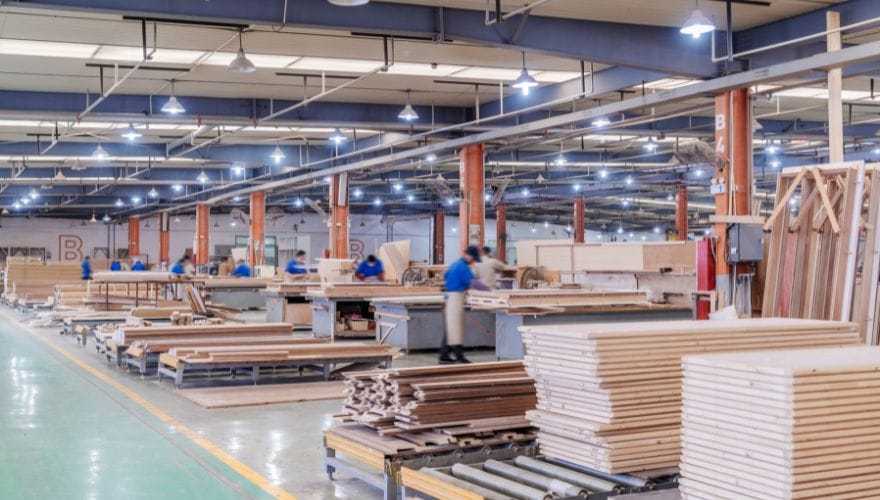
Even with rising labor costs and shipping delays over the past few years, China hasn’t lost its edge in the furniture game.
Here’s what still makes China a smart sourcing destination:
1. Range and Variety
You want Scandinavian-inspired oak tables? They have them. You want traditional, hand-carved mahogany cabinets? Also available. Do you need foldable desks for small apartments? Done.
Factories in China are built to serve all styles and budgets. That’s something many countries simply can’t match.
2. Scale
Whether you’re ordering 20 pieces or 2,000, Chinese suppliers can scale production to fit your needs. They’re used to working with small boutique brands and giant retailers alike.
3. Price Advantage
Price is a really important factor. Numerous importers understand that even with the additional cost of shipping and customs clearance, purchasing furniture made in China is the most cost-effective method. Compared to local US manufacturers or other countries’ suppliers, the difference is obvious. The savings enable you to maintain high profit margins and, at the same time, offer stylish designs and high-quality materials.
And yes, in the real world, having a trusted supplier—like Meet&Co—makes all the difference.
A Detailed Guide on How to Import Furniture from China to the US in 2025
Importing sounds like an uphill task, but when simplified, it becomes easy. You can think of it as a journey–all you have to do is take one step at a time. Let us make the process together.
Step 1: Clarify the Needed
The very first step is to define what you need before you begin browsing through suppliers. Ask yourself:
- What are you importing as far as furniture is concerned?
- Who is the ultimate consumer?
- What is your budget?
- Would you look at custom designs or off-the-shelf?
- What would be your favourite medium (wood, metal, fabric, etc)
This is because it enables you to communicate more effectively with suppliers and avoid costly errors in the future. As an illustration, when you are in search of contemporary office furniture supplies in co-working areas, your requirements will not be relative to someone who imports dreamy sofas for plush houses.
Step 2: Find a Reliable Supplier
This is where most people get stuck, and for good reason. There are thousands of suppliers online, and not all are trustworthy.
Here’s how to approach it:
Use Trusted Platforms
Websites like Alibaba are a good place to start, especially if you’re new to importing. But don’t just click on the first flashy listing. Look for:
- Verified suppliers
- Years of experience
- Customer reviews
- Detailed product listings
- Willingness to share certifications and compliance documents
This is where you can explore Meet & Co — a trusted supplier with a wide range of modern, functional furniture. You can visit their store directly here,
They offer everything from office desks to lounge seating, and they’re used to working with international buyers.
Ask for Samples
Never skip this step. You must develop a habit of always asking for product samples before placing a large order. This helps you check the quality, materials, and craftsmanship.
Communicate Clearly
Be clear about your specifications. Use photos, measurements, and detailed descriptions. Don’t assume the supplier will “get it” — spell it out.
Step 3: Understand US Market Trends in 2025
Importing isn’t just about what’s available — it’s also about what sells.
Here’s what’s trending in the US furniture market right now:
1. Sustainability Matters
Buyers care about materials. Recycled fabrics, FSC-certified wood, low-VOC finishes — these aren’t just buzzwords, they’re real selling points.
2. Multi-Functional Furniture
The need for home-working US consumers is furniture that can adapt to their way of life. The industry of Chinese factories is already producing a large quantity of foldable desks, modular shelves, and space-saving sofas. Imports are a wise move by retailers to bring in functional designs at cost-friendly prices on behalf of the purchasers.
3. Faster Delivery Expectations
Consumers don’t want to wait 3 months for a sofa. The faster you can deliver, the better your reviews and repeat business.
What this really means is: when you choose a supplier in China, ask them about lead times and logistics options upfront.
Step 4: Calculate All Costs (Not Just the Unit Price)
A rookie mistake? Looking only at the product cost.
You also need to factor in:
- Shipping costs (by sea or air)
- Customs duties
- Taxes
- Insurance
- Warehousing (if applicable)
- Local delivery costs
Let’s say you’re buying a $100 chair. Once you add everything up, that chair might cost you $180 by the time it reaches your warehouse in the US.
There are tools and calculators online that help you estimate total landed cost. Use them.
Step 5: Shipping and Logistics
Here, at this stage, things get technical, but don’t worry, we’ll keep it simple and convenient for you.
You have two main shipping options:
Sea Freight (Cheaper, Slower)
Ideal for large shipments. Takes 30–45 days, depending on port locations. Best for full container loads (FCL) or even less-than-container loads (LCL).
Air Freight (Faster, Expensive)
Useful for urgent or smaller shipments. Usually takes 7–10 days. Costs significantly more per unit.
Freight Forwarders
If this all sounds overwhelming, consider hiring a freight forwarder. They’ll handle the logistics: from pickup in China to delivery in the US. They can also help with customs paperwork and insurance.
Step 6: Customs Clearance in the US
This section may cause fear, but it is not a complicated part.
Here’s what you’ll need:
- Commercial Invoice
- Packing List
- Bill of Lading
- Import Security Filing (ISF)
- Customs Bond
- Product Compliance Documents (fire safety, labeling, etc.)
It’s a good idea to work with a US customs broker — they know the rules, handle the forms, and make sure you don’t get slapped with delays or fines.
Again, some of the resource links at the end of this article go deeper into customs compliance.
Step 7: Quality Control (QC) and Inspections
Don’t skip quality control. It’s tempting to save a few bucks and skip inspections, but that often leads to bigger problems later.
You have a few options:
- Pre-production inspection
- During-production inspection
- Pre-shipment inspection
- Container loading check
It is always possible to use third-party QC services in China to perform the inspection on your behalf. Their teams go to the factory, inspect samples, take pictures, and report back with a full report before the shipment goes out. This will enable you to avoid the bitter surprises of breakage, stain, etc., when the goods finally reach you in the US.
Step 8: Develop a Long-Term Partnership Along with Your Supplier
This is the part most people overlook. If you treat your wholesale furniture supplier like a one-time transaction, they’ll treat you the same way. But if you invest in a long-term partnership — clear communication, fair feedback, and timely payments — you’ll get:
- Better pricing
- Faster response
- Priority in busy seasons
- Better quality control
Successful importing is about forming a trusting relationship with your supplier to know they can take your standards as they evolve and expand.
As an example, Meet&Co is all about the long-term relationship with foreign buyers. That is one of the reasons why they have already gained repeat clients and will be a good choice when it comes to continual sourcing.
Step 9: Sell Smart
Once the furniture lands in the US, your work isn’t over.
You still need to:
- Set competitive retail prices
- Market your products (photos, descriptions, ads)
- Offer good delivery and return options.
- Collect reviews
- Stay responsive to customer feedback.
The better you manage the post-import phase, the more sustainable your business becomes.
Step 10: Learn from Every Shipment
Every import cycle is a lesson.
Keep track of:
- What worked
- What didn’t
- Where delays happened
- What customers loved or complained about
Use that data to refine your next shipment. Maybe you need to adjust order volume, change packaging, or switch suppliers.
The more you learn, the smoother and more profitable your import business becomes.
Common Mistakes First-Time Importers Make (and How to Avoid Them)
Bringing in furniture from China sounds exciting, doesn’t it? You find a piece you love, you imagine it in a showroom or in someone’s living room, and you just want to get started. But many first-time importers rush in too fast. They make small mistakes that end up costing big later. Here are a few to look out for.
- Going for the cheapest deal
It is natural to think that cheaper means better profit. But with furniture, low prices often mean weak materials, poor finishing, or items that break after a few uses. A bad batch can ruin your customer’s trust overnight. Paying a little more for solid quality pays off in the long run. - Skipping over US rules
The US has its own standards for labeling, safety, and materials. Miss those, and your shipment may sit at customs for weeks. Worse, it can be sent back. It feels boring to read rules, but trust me, it saves a lot of stress. - Forgetting the hidden costs
Shipping is not just “ocean freight.” There are duties, paperwork, port fees, and even last-mile delivery once your goods arrive. Many first-time importers don’t see these costs coming, and suddenly their budget is upside down. - Treating suppliers like strangers
Some buyers jump from one supplier to another, always chasing a deal. But building a steady relationship changes everything. You get priority, trust, and often better pricing over time.
Why Choose Meet&Co Furniture
Meet&Co Furniture is more than just a catalog—it’s a reflection of their story, their work, and their commitment to clients worldwide who are considering importing furniture. Since 2007, the company has been designing, producing, and supplying office furniture under one roof.
This integrated approach means customers aren’t browsing a reseller’s collection; they’re exploring products that Meet&Co has created, tested, and refined themselves. From ergonomic office chairs to office pods, desks, school furniture, and filing systems, every piece is built to support real workplaces with both function and style.
What Buyers Can Do on Our Site
Here’s how importers usually interact with our site:
- Go directly by category: No more confusion as to where to find what you need; all is categorized so that you can easily find what you are looking for.
- Our history: You will find that we are situated in Guangzhou, Tianhe District, near large manufacturing and shipping centers.
- Request product samples: Our product pages make it easy to choose a chair, a sofa, or even a pod for sampling. Importers know exactly what they’ll receive.
- Reach us quickly: With clear contact information, buyers can email or message us directly. No endless forms, just a direct line to our team.
Why It Builds Confidence
We know that trust is everything in importing. That’s why our website is designed to give confidence at every step:
- You don’t need to guess who we are—we’ve been here since 2007.
- You don’t need to hunt for matching items—we’re a one-stop source for chairs, desks, pods, and more.
- You don’t need to worry about scams—our Guangzhou base and clear company history speak for themselves.
In short, our website isn’t just for marketing—it’s built to be your importing assistant.
Final Thoughts
Importing furniture from China to the US in 2025 isn’t “easy,” but it’s absolutely doable with the right plan.
Start small. Get to know your suppliers. Understand the rules. Be patient with the process. And most importantly, work with people who actually care about helping you succeed.
If you’re looking for a reliable partner to start your journey, check out Meet&Co. They’ve got a solid track record, a wide range of products, and experience working with US importers.
Read Our Furniture Importing Guides:
How to Import Furniture from China to Australia 2025












